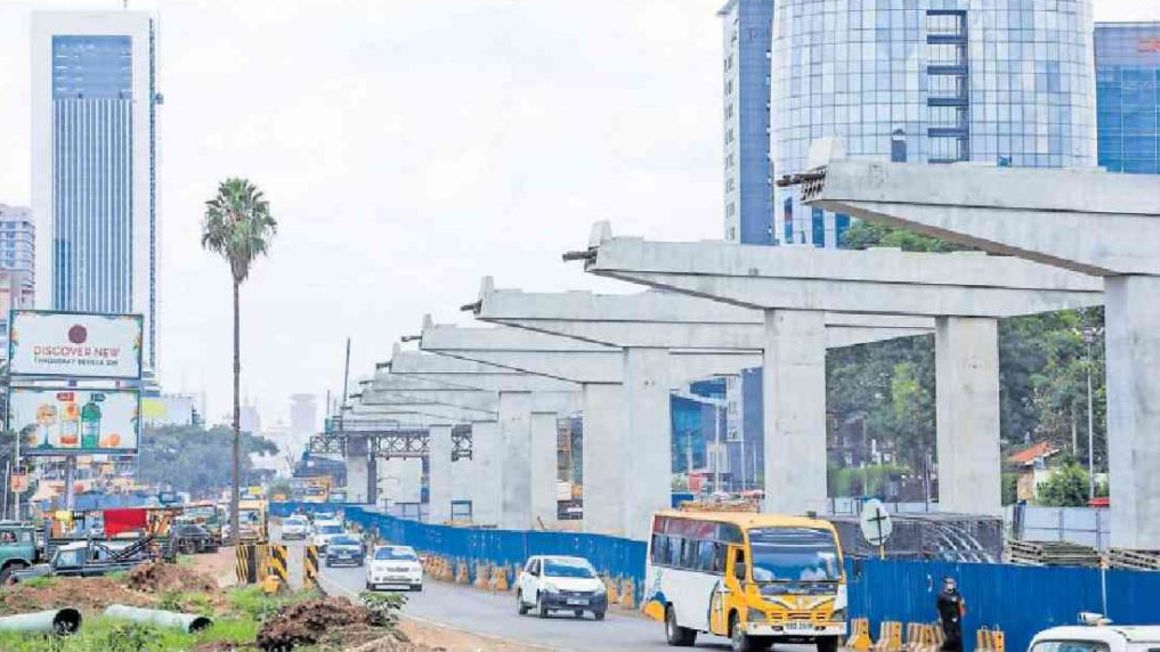Ongoing construction of the Nairobi Expressway in Kenya. Regional economies are borrowing more to plug deficits but economists warn the misuse of borrowed cash through wastage and corruption risks pushing countries into debt overhang. PHOTO | FILE | NMG East African finance ministers are walking a tightrope as they try to fix economies ruined by the prolonged effects of the Covid-19 pandemic and repair national balance sheets saddled with huge debts, shrinking revenue sources and increasing expenditure needs.
As the ministers gear up to table the 2021/2022 fiscal year budgets in June, they must come up with ways to fund economic recovery plans without loading more taxes on an already burdened citizenry, or taking up additional debt. Debt servicing obligations have become a nightmare for regional economies, which have seen significant portions of tax revenues used in paying interest on loans rather than fund government operations and development projects. Debt Distress
According to the Bank of Uganda (BoU), the increasing public debt calls for adjustments in fiscal policies through higher taxes, lower expenditure or both in the coming years, and this could limit demand. BoU notes that the new wave of Covid-19; slow uptake of the vaccine; an increase in non-performing loans as credit relief measures are lifted, and unpredictable weather patterns could impact the country’s growth projections for the 2021/2022 fiscal year. Economists, policymakers and civil society organisations argue that while borrowing in itself is not bad if the resources are channelled to productive sectors of the economy, misuse of the borrowed cash through wastage and corruption risk pushing countries into debt overhang.
“The use of the money is what we need to concentrate on. I’m in agreement with everyone that we need more prudent management of public finances,” said Amos Kimunya, a former Kenyan finance minister and Majority leader in the country’s National Assembly.
The risk of debt distress remains high in Kenya. Public debt stood at Ksh7.28 trillion ($68.03 billion) in December 2020, with the servicing of the debt stock increasing to Ksh850 billion ($7.94 billion) in the 2018/2019 fiscal year, from Ksh392 billion ($3.66 billion) in the 2014/2015 fiscal year.
Phyllis Wakiaga, CEO of the Kenya Association of Manufacturers, said that borrowing to finance infrastructure is not sustainable for the economy.
“We are borrowing to pay outstanding loans, which highlights the need to have a discussion on the sustainable debt threshold. Long-term loans run the risk of higher interest charges,” […]
